ASEAN can weather climate storm
Pham Quang Vinh, assistant to Vietnam’s minister of foreign affairs, who was also the leader of Vietnamese senior officials at the ASEAN discussions, tells Binh Chau how these statements will impact on Vietnam’s green, low-carbon economy ambitions.
What do ASEAN member countries think about the importance of accelerating the transition to a green, low-carbon economy?
 |
| Mr Pham Quang Vinh |
The two important documents adopted by the 16th ASEAN Summit in Hanoi set up clearer guidelines and priority cooperation framework for ASEAN member states in related development sectors.
ASEAN is one of the fastest growing economic regions in the world and has a growing energy demand driven by economic and demographic growth. ASEAN’s primary energy requirements are projected to triple between 2005 and 2030. Energy demand will reach 1.252
billion tonnes of oil equivalent (TOE) in 2030 from 474 million in 2005, an increase by an average annual growth rate of 4 per cent. This is higher than the world’s average growth rate of
1.8 per cent in primary energy consumption through 2030. In this context, green energy generation based on renewable energy to substitute for fossil fuels and energy conservation for efficient energy use is very important to many ASEAN member countries.
To address the issues of climate change, energy security and environmental protection, ASEAN member countries have recognised the importance of building adaptive policies and supporting mitigation and adaptation actions in line with the abilities of each member and bloc.
In the road map of building an ASEAN community, sustainable development is among the priority goals of ASEAN member countries’ growth policies. Following this, stable economic growth integrated with environmental sustainability, resilience to climate change, efficient use of natural resources and social security will be key goals.
ASEAN member countries are encouraging regional and international collaboration and cooperation to accelerate the bloc’s transition to a green, low carbon and emissions economy through efficient energy use, use of renewable energy to substitute fossil fuels and public awareness of environmental protection and energy savings.
ASEAN member countries have recognised that environmental protection is a long-term goal for the bloc’s sustainable development at a time when the regional and global economies show signs of recovery and environmentally-sound technologies are being applied.
However, resources shortages and a poor platform are hampering ASEAN countries’ efforts to achieve sustainable and green economic development. (correct ???) To address this challenge, ASEAN member countries are calling upon the strengthened collaboration and cooperation of member and non-member countries of the bloc.
The common goal is ASEAN member countries transforming themselves into green, low carbon economies. What support is offered by ASEAN to each member country including Vietnam to achieve this goal?
As mentioned above, ASEAN member countries’ long term goal is for the region to have a green, low-carbon economy when the regional and global economies have recovered from the financial chaos.
In parallel with ASEAN’s environmental protection and adaptation to climate change cooperation programme, ASEAN member countries are also working on the ASEAN Plan of Action for Energy Cooperation (APAEC) during 2010-2015, which aims to promote efficient energy use and energy conservation, use of green energy to substitute for fossil fuels, research and development of renewable energy such as wind, solar, biomass and nuclear power and wider application of green energy and cleaner production.
The APAEC during 2010-2015 is the third series of implementation plans, a continuation of the two previous energy plans, the APAEC 2004-2009 completed on June 30, 2009 and APAEC 1999-2004 completed on June 30, 2004. The APAEC 2010-2015 specifies four priority cooperation programmes towards a green and sustainable ASEAN community, to ensure a secure and reliable energy supply for the region through collaborative partnerships in the promotion of cleaner coal use, energy efficiency and renewable energy, including biofuels as well as nuclear energy as an option.
The APAEC 2004-2009 set the target of annual increases in use of renewal energy for power generation in the region. For APAEC 2010-2015, the target is 15 per cent (of what ??????) and the region will try to reduce energy losses by 8 per cent. ASEAN member countries are also discussing ASEAN-wide nuclear energy cooperation for electricity generation and accelerating the finalisation of the terms of reference for the Nuclear Energy
Cooperation Subsector Network (NEC-SSN).
ASEAN is also taking an active role in working with and developing partnership cooperation programmes within the ASEAN+1 and the ASEAN+3 so as to make full use of regional and international support in terms of legislation, capacity building, human resource development and technology transfer.
With its ASEAN presidency role in 2010, what has Vietnam been doing to promote the ASEAN cooperation towards achieving the green, low-carbon economy goal for not only the region but also for Vietnam?
Green economic and sustainable development is one of Vietnam’s priority development strategies as part of the country’s international and regional cooperation programmes. In recent times, Vietnam has been actively participating in the promotion of the ASEAN cooperation in these fields. In 2008, Vietnam presided over the first East Asia Environment Ministerial Meeting Summit.
In 2010, Vietnam will be the host the ASEAN Energy Ministerial Meeting, which will be an important forum for ASEAN member countries to discuss further energy sector cooperation for the benefit of sustainable development based on a green, low-carbon economy. Apart from the meeting’s tentative programmes, we want to emphasise regional and international cooperation in green and sustainable development.
Vietnam is closely working with other ASEAN member countries to identify an appropriate approach to accelerate regional cooperation in such sectors asindustry, transport, energy, agriculture and forestry. In addition, ASEAN is encouraging member countries to bridge the development gaps in the region,continuing supports for human resource development, capacity building, technology transfer, and establishing favourable funding and market mechanisms for green products in the region.
What the stars mean:
★ Poor ★ ★ Promising ★★★ Good ★★★★ Very good ★★★★★ Exceptional
 Tag:
Tag:
Related Contents
Latest News
More News
- Dutch Lady promotes its nutrition mission in Vietnam (March 27, 2024 | 10:06)
- AkzoNobel’s investment for sustainable growth in South Asia-Pacific (March 19, 2024 | 17:28)
- A new chapter for Vietnam’s energy transition journey (March 14, 2024 | 14:31)
- AEO certification a testament to Piaggio's success (March 12, 2024 | 19:06)
- AkzoNobel sets standard in consumer electronics with sustainable and innovative coating solutions (March 12, 2024 | 10:08)
- Saint-Gobain promotes sustainable construction in Vietnam (February 29, 2024 | 09:00)
- Increasing private investment in healthcare – A long journey ahead (February 27, 2024 | 16:43)
- Get ready for a massive AI shift (February 15, 2024 | 10:04)
- Well-positioned to capture growth opportunities in Vietnam (February 05, 2024 | 13:22)
- Japan-Vietnam economic ties on long-term trajectory (December 14, 2023 | 11:56)



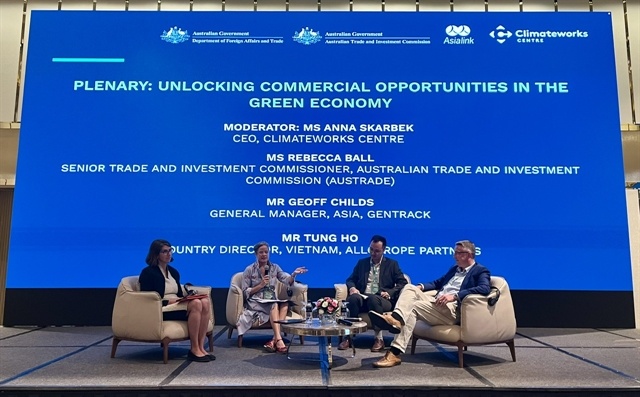
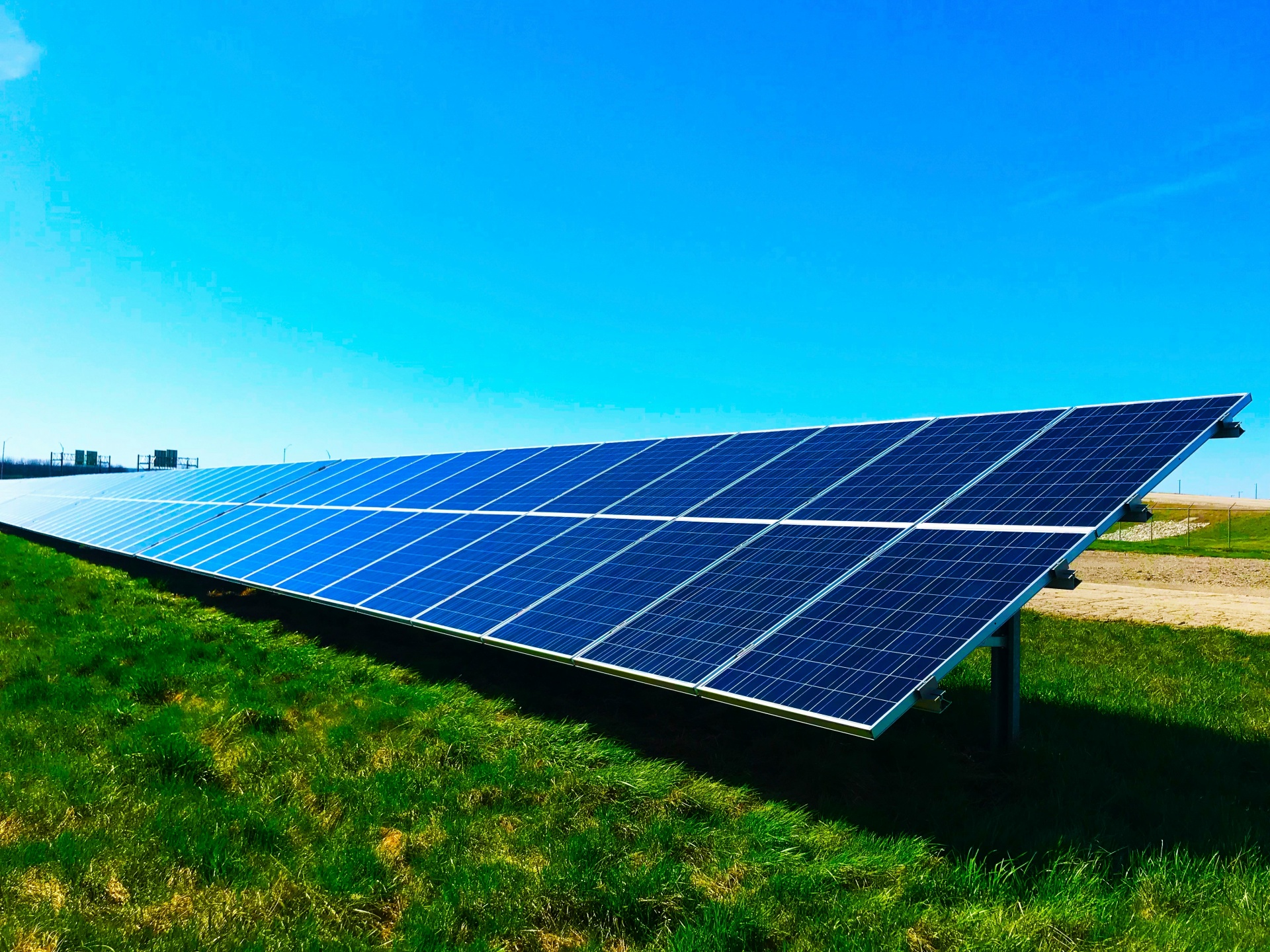
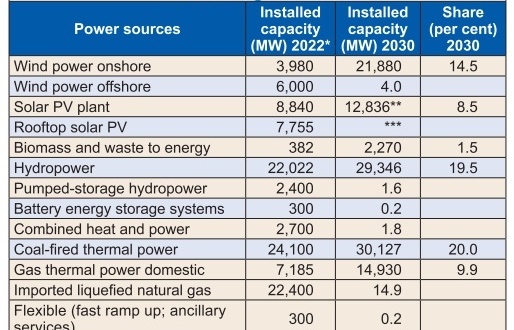
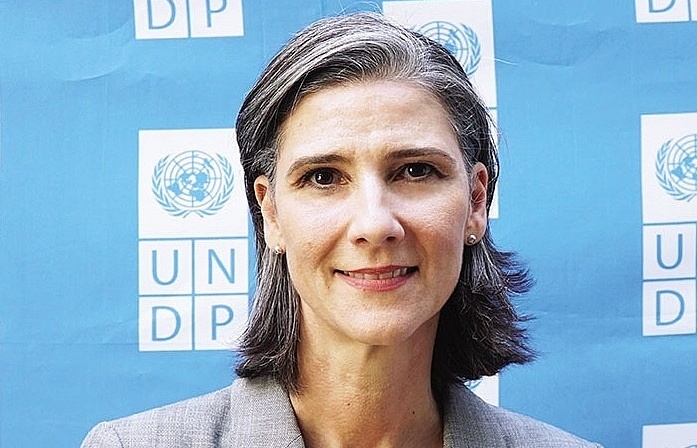
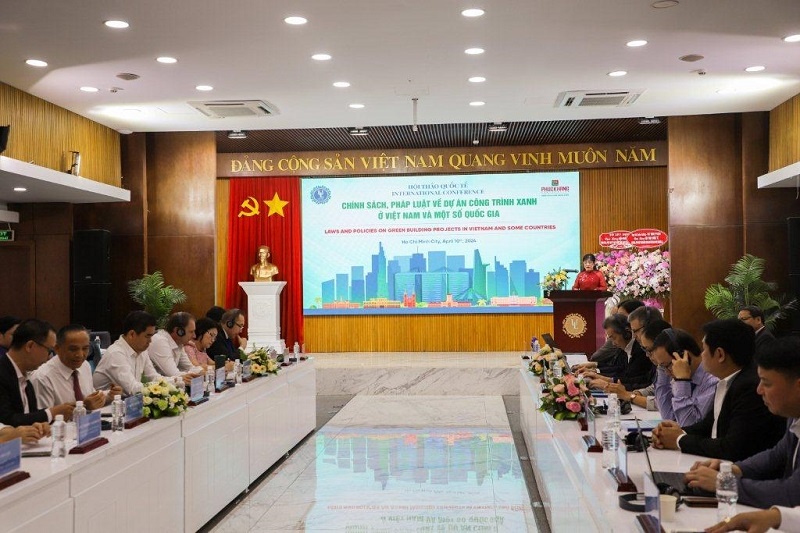
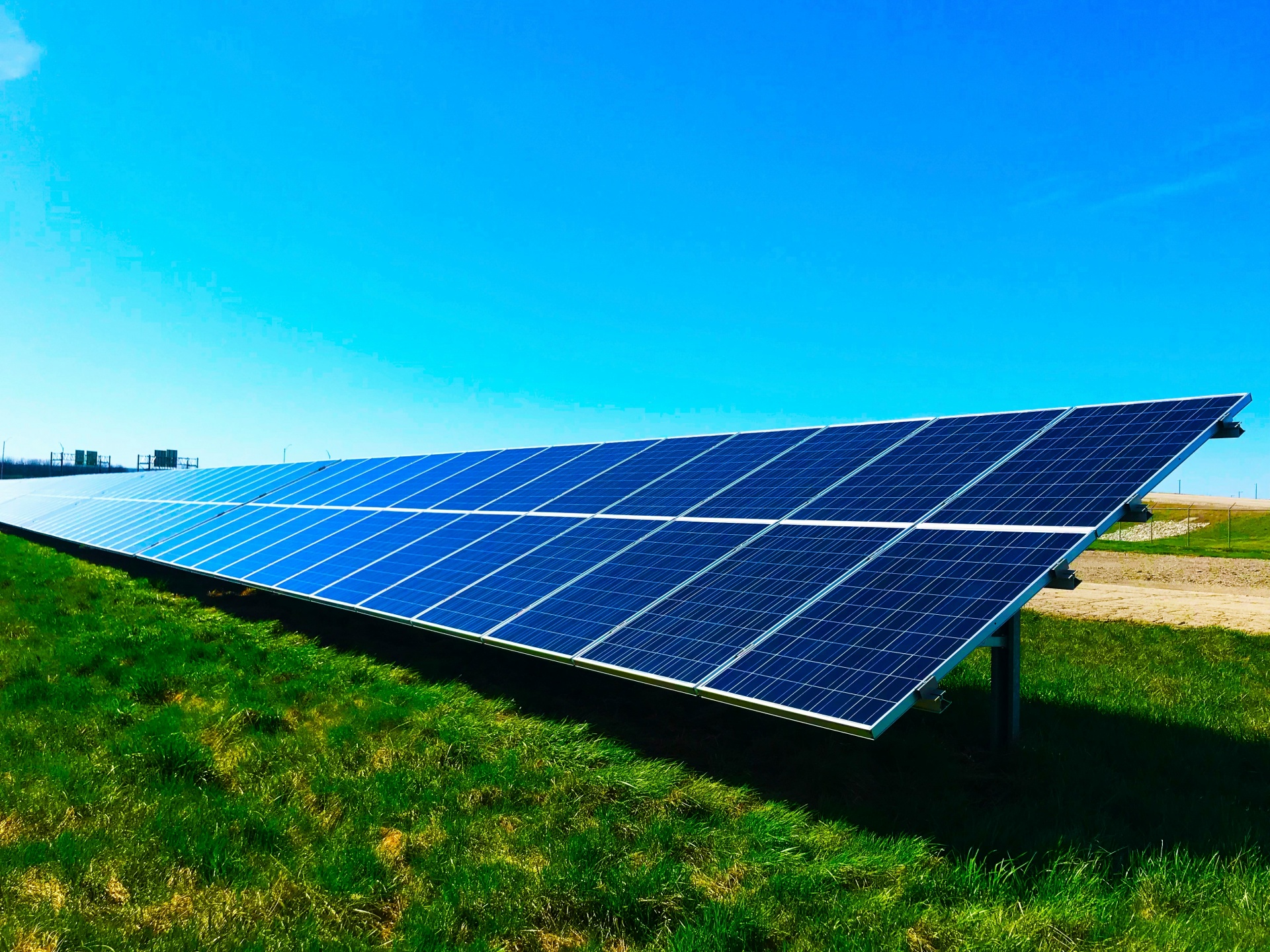

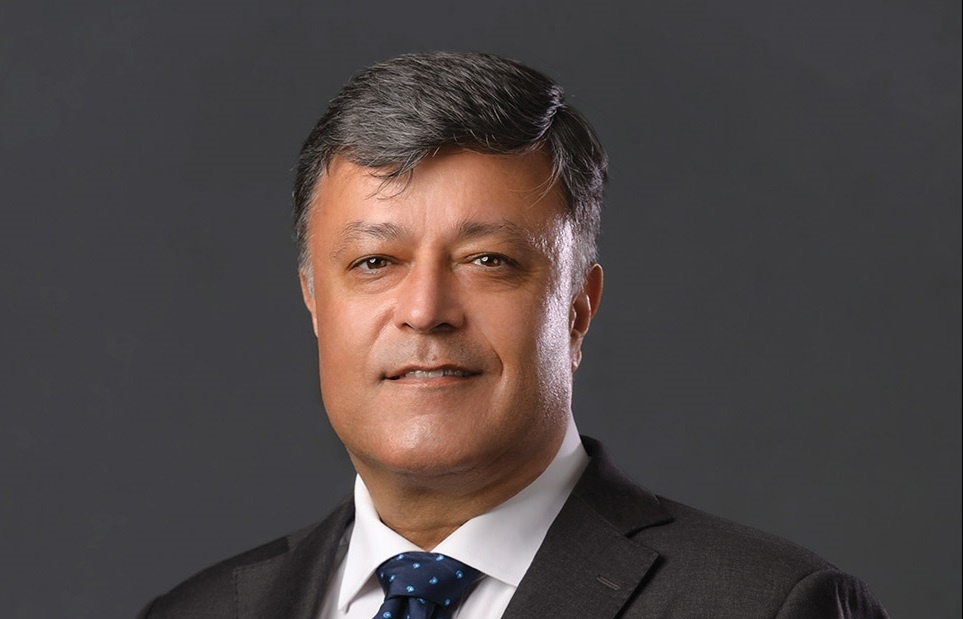



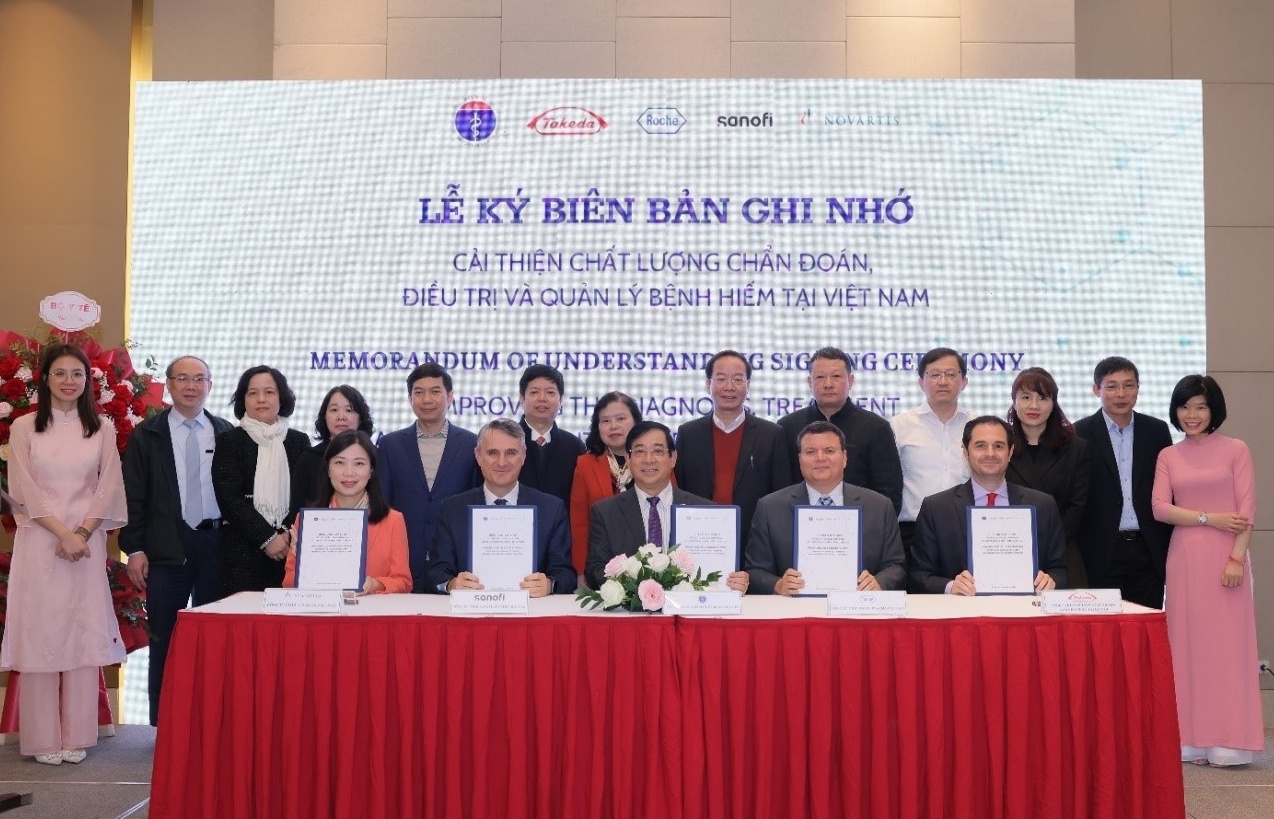


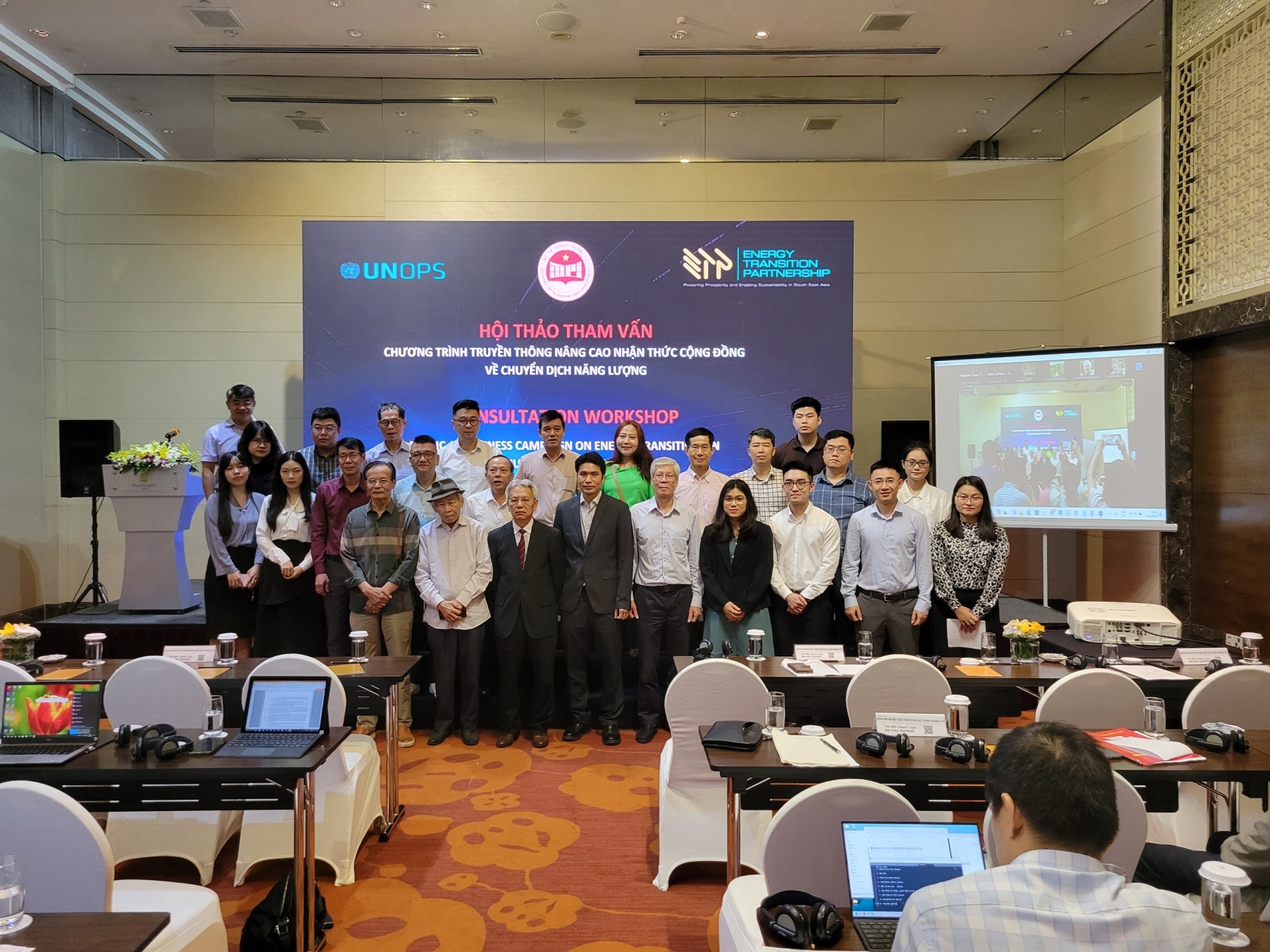
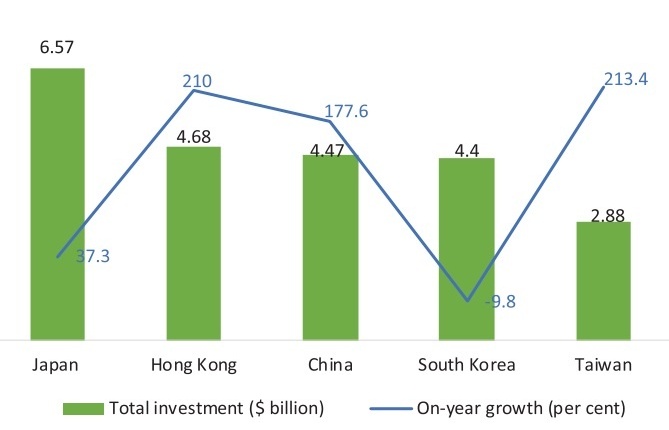

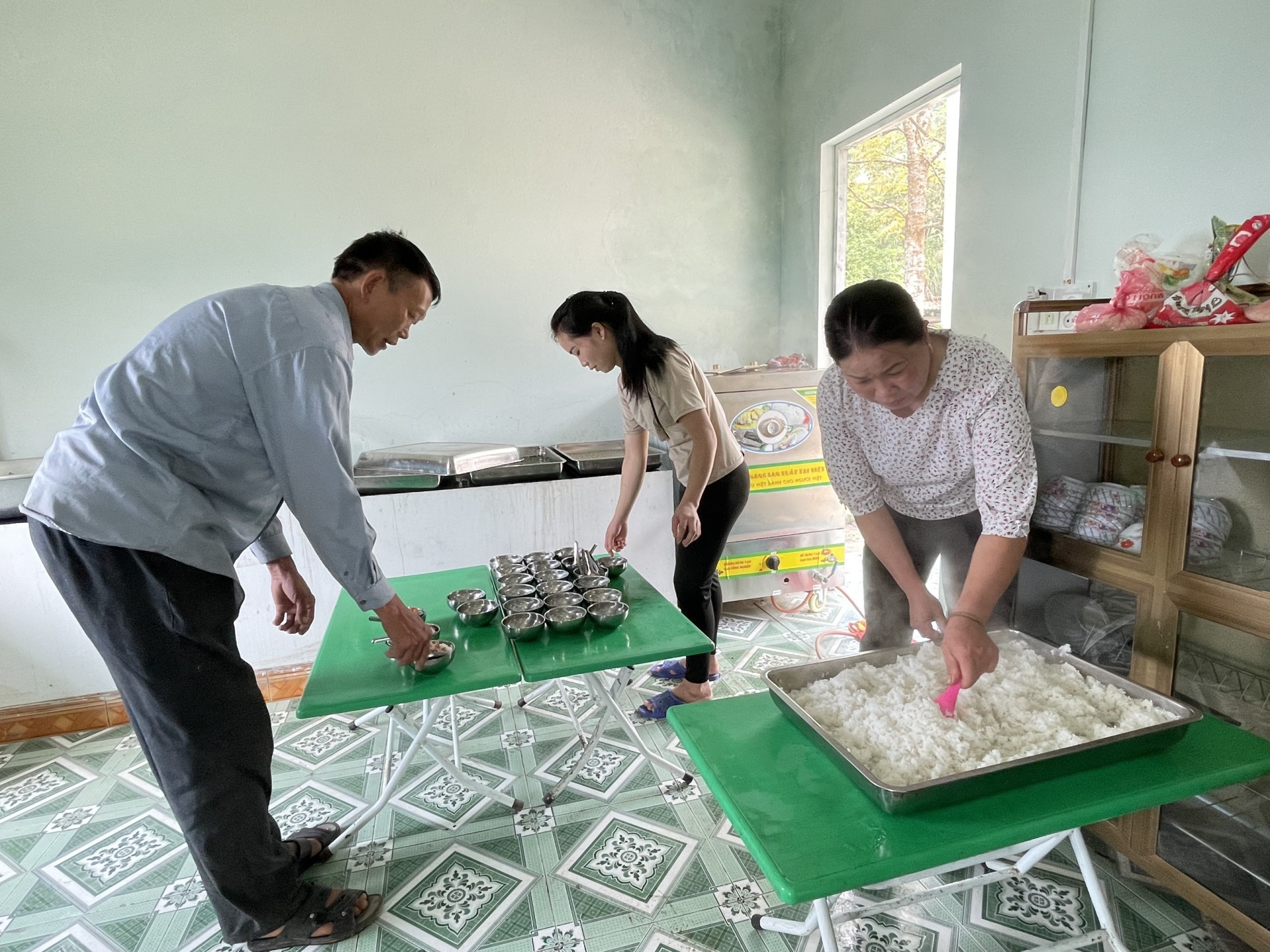



 Mobile Version
Mobile Version